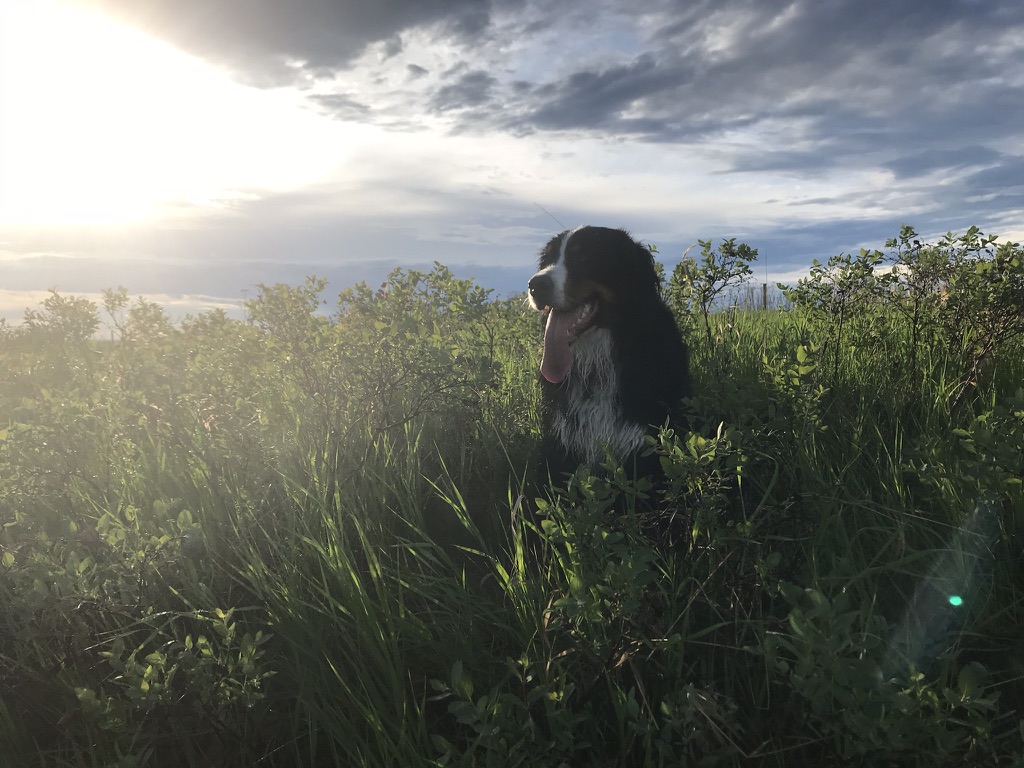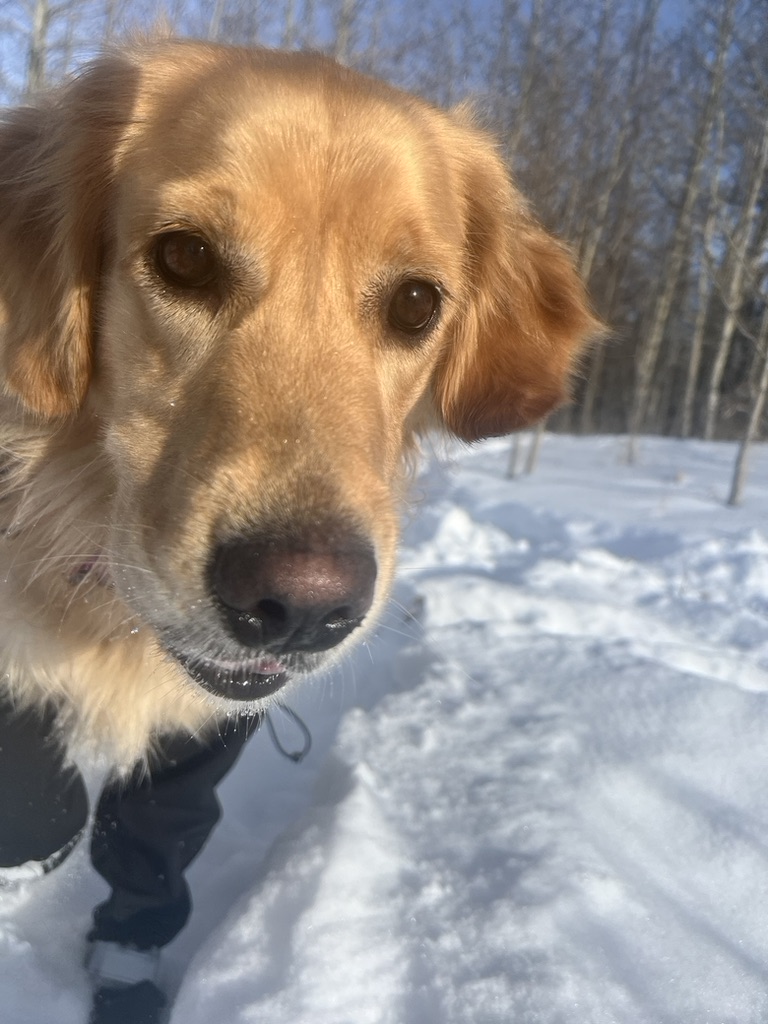Did you know that plants could grow on the moon, in the moon dirt?
Well, sort of.
Check out the fascinating story on The Super Awesome Science Thread!
#TSAST
Well, sort of.
Check out the fascinating story on The Super Awesome Science Thread!
#TSAST
Ok, we should point out that yes plants DID grow in moon dirt, BUT they grew here on earth, with earth like gravity, sunlight, and atmosphere. If you tried to “plant” anything on the moon, it would die immediately. It’s freezing cold AND there isn’t any air. 

HOWEVER, scientists DID successfully grow stuff in moon dirt. Moon dirt is also called regolith, and some was brought back by the Apollo 11, 12, and 17 missions. The scientists used only a teeny tiny amount of the soil, 0.3g, and planted a hardy mustard plant.
Volcanic ash was used as the control. After six days of feeding the plants a nutrient rich water, to everyone’s surprise, there was growth in the regolith. It was obvious the mustard plants were struggling in the moon dust, but there was growth!!!
(Ash left, moon dust right)
(Ash left, moon dust right)

The Apollo 11 plant did the worst, and there is speculation that it was because the moon dust from that location was older. Older dust is exposed to more cosmic wind, which really changes its makeup.
Also- all the moon plants didn’t grow near as well as the ash plants.
Also- all the moon plants didn’t grow near as well as the ash plants.

This experiment seeds the future for humans to live and grow food on our moon or even Mars. We have a LONG way to go to plant stuff in moon dust and we doubt astronauts can live off mustard for too long, but it is a start.
Now- let’s move on to space bacon!
Now- let’s move on to space bacon!

• • •
Missing some Tweet in this thread? You can try to
force a refresh


















